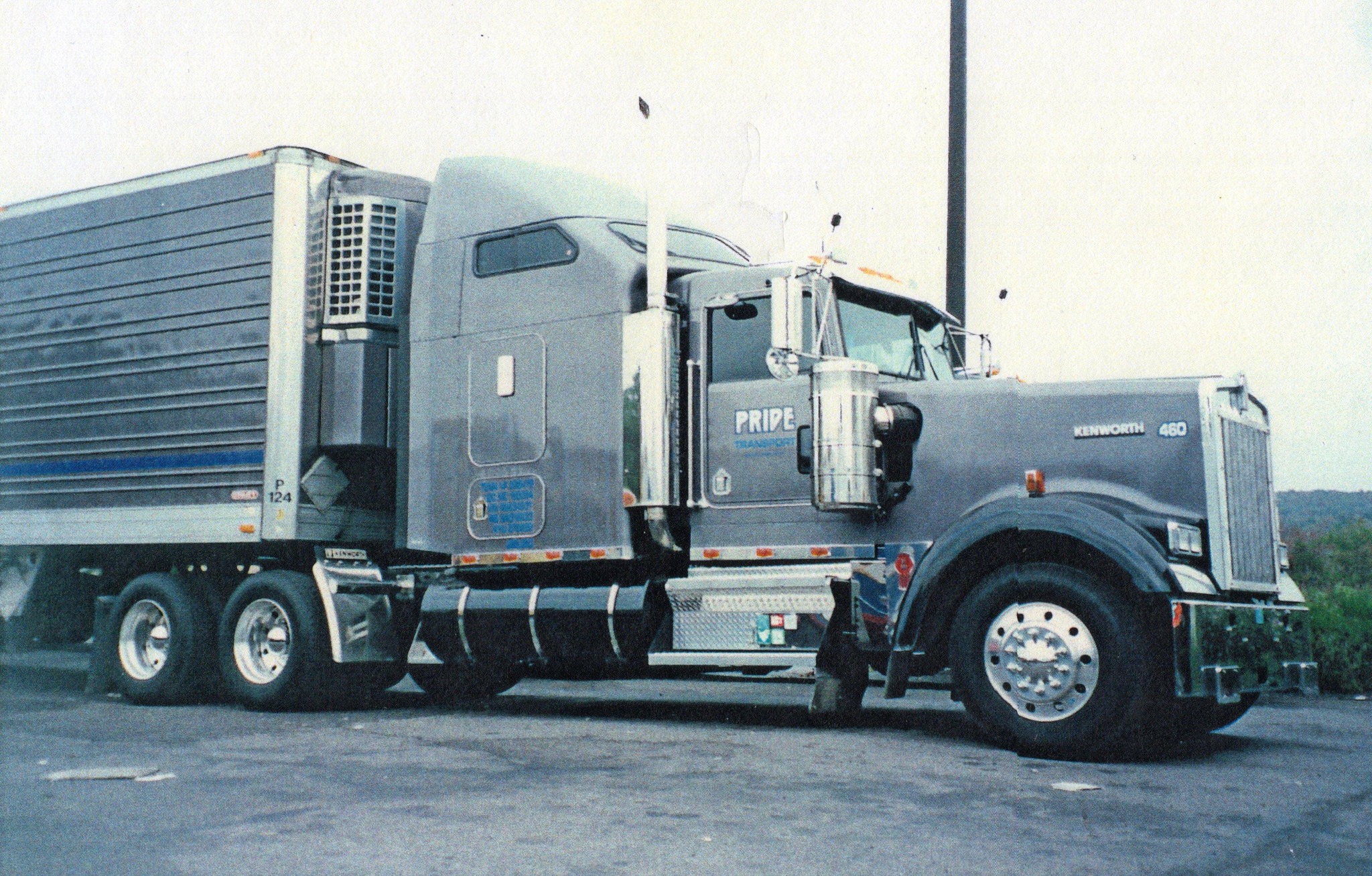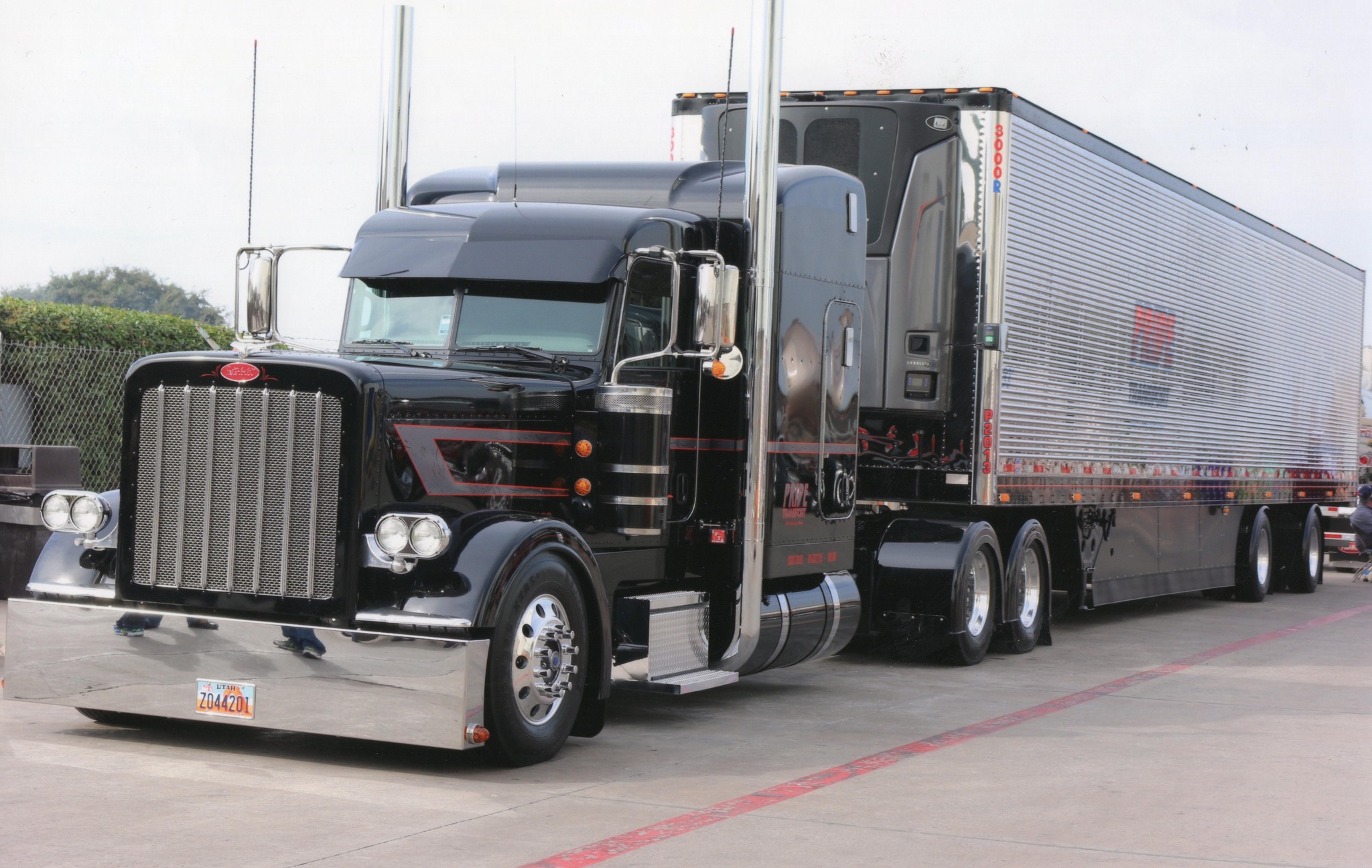by Pride Transport | May 30, 2024
There are few jobs as essential in this country as driving a truck. Now, in addition to being critical players in our national economy, truck drivers are also in high demand. Maybe you know people who haven’t heard about the ongoing truck driver shortage, but it’s important for everyone to not only understand why there’s a shortage, but also see how the lack of licensed truck drivers will continue to impact our economy for the foreseeable future.
In this article, we’ll unpack the reasons behind the truck driver shortage, why it’s a concern, and ways that carriers and other groups associated with freight transportation are trying to solve this international issue.
Why Is There a Truck Driver Shortage?
Today’s truck driver shortage isn’t a uniquely American problem. Hiring licensed truck drivers has become a difficult challenge on a global scale.
Japan’s trucking industry provides one of the more extreme illustrations of the driver shortage. Over 90% of cargo in Japan is transported by road, and with new overtime hour regulations taking effect this year, experts predict a 14% decline in delivery capacity in the next year. Even more troubling: “By the end of the decade, according to government estimates, a third of Japan’s cargo could be left undelivered, resulting in a $70 billion economic hit in 2030 alone.”
Recent research from the International Road Transport Union (IRU) shows there are over 3 million unfilled truck-driving positions in 36 countries as of 2023. Here’s how the shortage looks in a few specific regions, according to IRU’s 2023 Global Driver Shortage Report:
- Mexico: 56,000 unfilled truck driver jobs
- United States: 64,000 unfilled truck driver jobs
- Europe: 233,000 unfilled truck driver jobs
- China: 2.2 million unfilled truck driver jobs
Although the driver shortage in the U.S. improved a bit more than expected in 2023, the outlook is still problematic. The potential remains for a driver shortage of 162,000 by 2030.

How did we get here?
The truck driver shortage has accelerated over the past several years due to several factors.
There is an increased demand for drivers. Services like overnight and same-day delivery combined with the growth of ecommerce have contributed to the growing need for drivers. Truck drivers are required to follow Hours of Service regulations for their safety, health, and wellbeing — after all, drivers are people, not machines, who require rest after a day of work. Maintaining HOS regulations means more drivers are needed to fulfill increasing numbers of freight deliveries.
Hiring can’t keep up with driver demand. The demand for drivers is there, but the applicants aren’t. Training for a commercial driver’s license (CDL) takes time, and even in expedited programs, it’s still a multi-step process requiring planning, time, and effort. Some sources suggest that the gap between graduating high school and earning a CDL might also dissuade people from becoming drivers because they get sidetracked by other career opportunities.
People are aging out of the industry. Fewer young people are pursuing truck-driving careers. This could be due to a lack of interest, though it’s also possible that they lack access to career-planning resources, job fairs, or other hiring events where they could learn more about driving careers.
How a Truck Driver Shortage Impacts the Economy
Whether or not people realize it, trucking transportation directly or indirectly impacts everyone because so much of our country’s supply chain relies on trucking transportation.
Suppliers in several industries coordinate with trucking companies to transport freight between warehouses, retailers, job sites, factories, and other places of business. A small selection of those industries includes:
- Manufacturing
- Construction
- Food service and distribution
- Healthcare
- Utilities
- Natural resource extraction
- Banking/financial services
The most immediate impact of a truck driver shortage is that freight takes longer to arrive at its destination. In the long term, an ongoing shortage could mean that vast amounts of cargo never even make it onto a truck, leaving suppliers with a surplus of goods or materials and limiting their ability to turn a profit.
For consumers, a truck driver shortage looks like sparsely-stocked shelves at stores, higher prices on goods and services, and higher shipping and delivery costs.
Manufacturers would also feel the sting of higher shipping and delivery costs while also juggling ever-changing production schedules that are derailed by delayed shipments.
Simply put, a truck driver shortage has the potential to create inefficiencies in every step of the supply chain. The longer the shortage endures, the harder it is to coordinate logistics and keep up with consumer and industry demands, and the more we feel the effects of economic instability.
How We Can Solve the Shortage
Although the truck driver shortage persists, there’s reason to be optimistic. At the American Trucking Associations’ Management Conference & Exhibition last October, ATA chief economist Bob Costello estimated the shortage at less than 60,000 drivers. This was the second consecutive year that saw a decrease. While he noted that these trends tend to be cyclical, the possibility of the shortage continuing to shrink is encouraging.
Still, the trucking industry is focused on finding ways to better recruit and retain drivers. Part of this effort includes developing better recruitment strategies for women and minorities. Women accounted for over 8% of total U.S. drivers in 2022, and although it was a record percentage, there’s still room for improvement.
Apprenticeship programs provide an opportunity to improve training and recruitment. The ATA explains that, “Apprenticeships can help fill that [employment] gap by combining paid, on-the-job training and instruction to prepare new drivers for these high-skill careers.” If more motor carriers established and marketed apprenticeship programs, they could offer more comprehensive training and instill more confidence in new and/or younger drivers.
Experimenting with different route-planning methods and logistics operations can also help to create the type of career today’s younger drivers are looking for. Shorter, more efficient routes could allow drivers to establish a better balance between professional and personal commitments, contributing to driver safety and mental wellbeing.
Drive With Pride
Competitive pay is another important aspect of driver wellbeing. Drivers at Pride Transport can earn .57 to .75 cents per mile depending on experience and also have the opportunity to earn an additional .03 to .07 in incentives on top of base pay. Our benefits include paid orientation, paid vacation time, and health insurance and retirement plans. If you’re ready to be part of the solution to the truck driver shortage, we’d love to have you drive with Pride!
